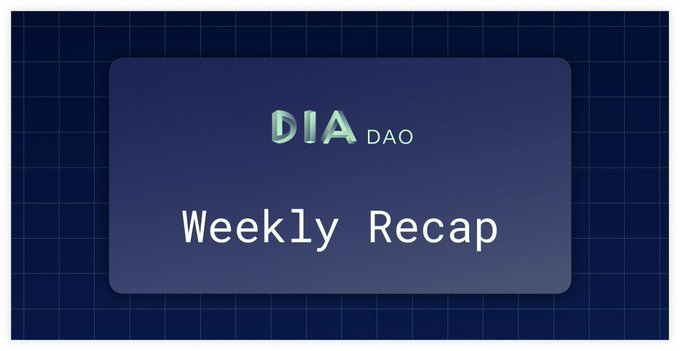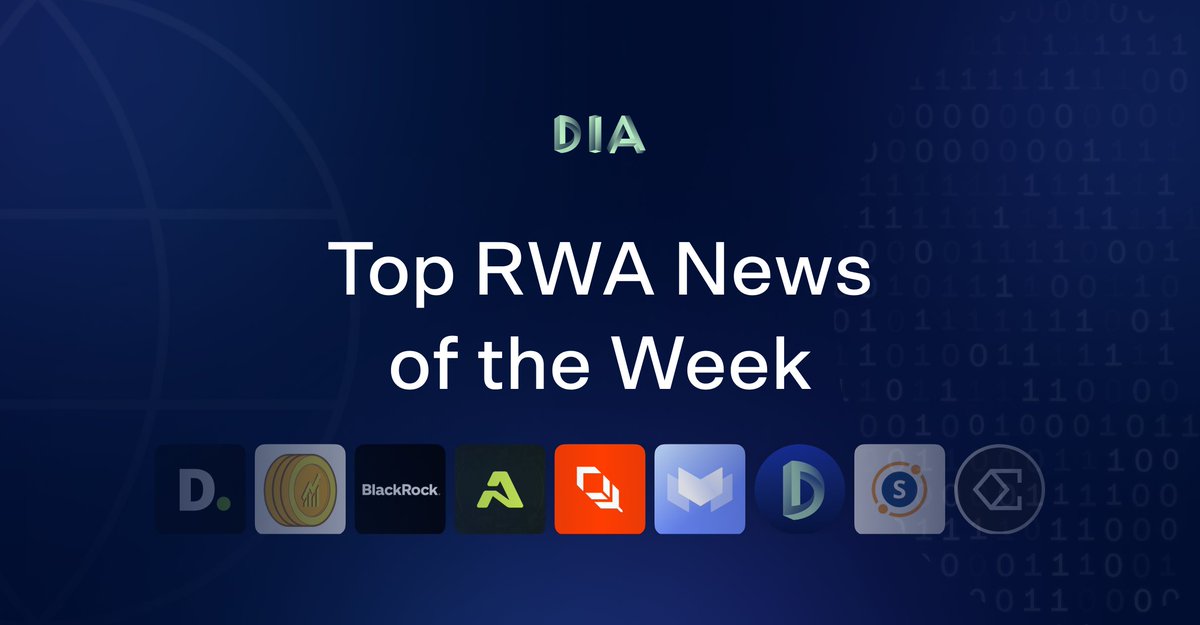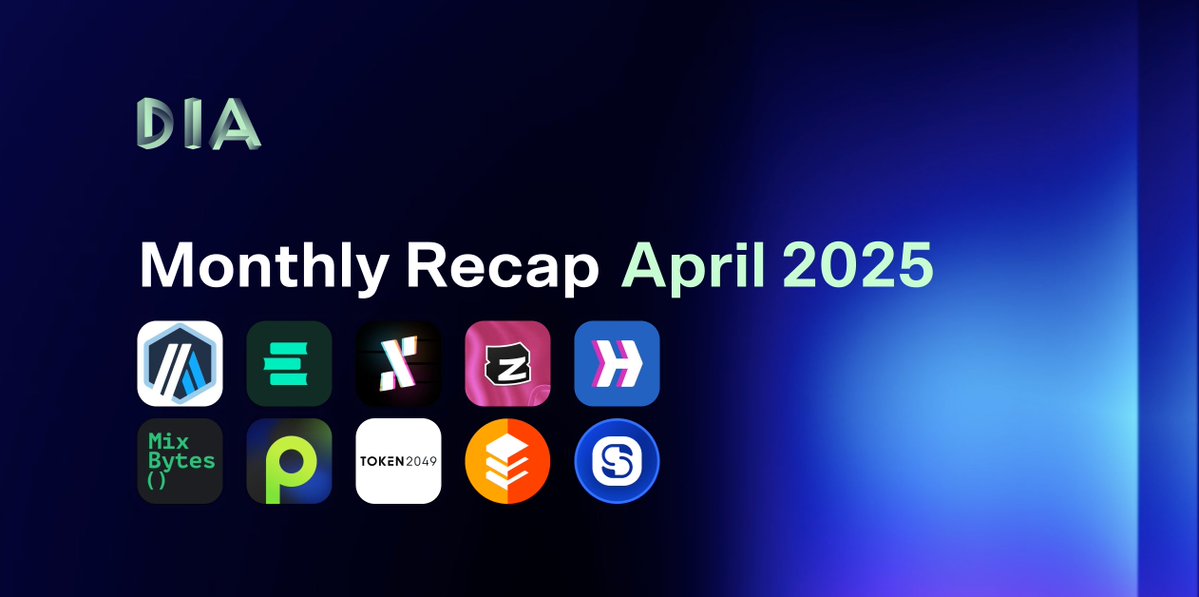
Decentralised Information Asset price

Disclaimer
OKX does not provide investment or asset recommendations. You should carefully consider whether trading or holding digital assets is suitable for you in light of your financial condition. Please consult your legal/tax/investment professional for questions about your specific circumstances. For further details, please refer to our Terms of Use and Risk Warning. By using the third-party website ("TPW"), you accept that any use of the TPW will be subject to and governed by the terms of the TPW. Unless expressly stated in writing, OKX and its affiliates (“OKX”) are not in any way associated with the owner or operator of the TPW. You agree that OKX is not responsible or liable for any loss, damage and any other consequences arising from your use of the TPW. Please be aware that using a TPW may result in a loss or diminution of your assets. Product may not be available in all jurisdictions.
Decentralised Information Asset market info
Market cap = Circulating supply × Last price

Decentralised Information Asset Feed


DIA calculator


Decentralised Information Asset price performance in USD
Popular Decentralised Information Asset conversions
| 1 DIA to USD | $0.49310 |
| 1 DIA to EUR | €0.43538 |
| 1 DIA to PHP | ₱27.4442 |
| 1 DIA to IDR | Rp 8,103.53 |
| 1 DIA to GBP | £0.36885 |
| 1 DIA to CAD | $0.68069 |
| 1 DIA to AED | AED 1.8111 |
| 1 DIA to VND | ₫12,804.47 |
About Decentralised Information Asset (DIA)
- Official website
- Block explorer
Decentralised Information Asset FAQ
Decentralized Information Asset (DIA) is an open-source data platform that provides verified financial product data to decentralized finance (DeFi) applications. By leveraging its native DIA tokens, DIA incentivizes data providers to contribute and maintain accurate data on the platform.
Decentralized Information Asset aids transparent data sourcing at affordable costs. Any participant can contribute data, which creates a diverse data repository. Additionally, there are validators to check the credibility of the provided data. This ecosystem integrates seamlessly with DeFi products and services.
Several exchanges allow you to trade this cryptocurrency freely. However, for an excellent trading experience, you can turn to the DIA/USDT pair on OKX.
Swap your existing cryptocurrencies, including Bitcoin (BTC), Ethereum (ETH), Tether (USDT), and USD Coin (USDC), for DIA with zero fees and no price slippage by using OKX Convert.
Monitor crypto prices on an exchange
ESG Disclosure
DIA calculator


















